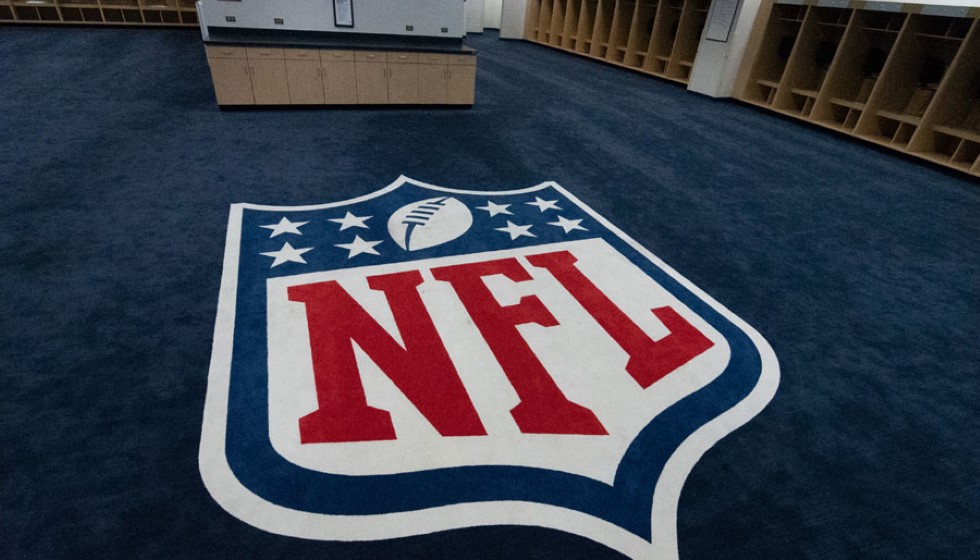
The landscape of defensive back salaries in the NFL has experienced a significant shift in the salary cap era, starting as early as 1994. For the first time, a safety has ascended to become the highest-paid defensive back, a title claimed by Tampa Bay Buccaneers' standout Antoine Winfield Jr.
A Record-Breaking Contract
In May, Winfield Jr. inked a game-changing four-year, $84.1 million contract, marking a watershed moment for safeties in terms of financial recognition. This contract equates to an average annual value (AAV) of $21.025 million, propelling him to the top of the defensive back pay scale—a feat initially dominated by cornerbacks.
Before this lucrative deal, Winfield was designated as a franchise player with a relatively modest tag of $17.123 million. The new contract not only catapulted his income significantly but included an impressive $45 million in guarantees, all fully assured at the time of signing. This level of financial security underscores the value the Buccaneers place on Winfield's abilities on the field.
Historical Context and Comparisons
Previously, Jaire Alexander held the mantle of the highest-paid defensive back with his 2022 contract valued at $84 million over four years, averaging $21 million annually. Alexander’s notable achievement followed Jalen Ramsey’s groundbreaking five-year, $100 million deal with the Los Angeles Rams in 2020, which set remarkable benchmarks for the cornerback market with $43.703 million fully guaranteed at signing and $71.203 million in total guarantees.
Denzel Ward, another prominent name, secured a significant five-year, $100.5 million extension in 2022, including $71.25 million in guarantees, with $44.5 million guaranteed at signing. These contracts highlight the incremental growth in financial commitments to elite cornerbacks, further emphasizing Winfield's revolutionary contract for a safety.
The recent recalibration of salary scales has seen safety pay soar by an astounding 42.54% since the closure of the 2020 regular season. In contrast, the upper echelon of the cornerback market has seen a modest increase of only 5% over the same period. This disparity highlights the increasing recognition and value of safeties in modern NFL defensive schemes.
Other Notable Contracts
Additional significant contracts within the defensive back fraternity include Trevon Diggs' five-year, $97 million extension in 2023, bolstered by $42.304 million in guarantees and $33.304 million fully guaranteed at signing. Meanwhile, Marshon Lattimore inked a substantial five-year extension in 2021, worth $19.4 million annually, cementing his value with considerable guarantees.
Jaylon Johnson also made headlines with a $19.802 million franchise tag, eventually agreeing to a four-year, $76 million contract. Johnson's 2023 performance stats—opposing quarterbacks completing only 46.3% of passes and a career-high four interceptions—further justified his financial rewards.
Intriguingly, L'Jarius Sneed was tagged by the Kansas City Chiefs but later traded to the Tennessee Titans for future draft picks. This move reflects the strategic maneuvering within teams to balance talent acquisition and fiscal responsibility.
On the horizon, young talents like Sauce Gardner, the 2022 NFL Defensive Rookie of the Year, and Patrick Surtain II, whom the Denver Broncos secured with a fully guaranteed fifth-year option for 2025, represent the next generation of defensive backs potentially poised for lucrative deals.
The evolving financial landscape for defensive backs, capped by Antoine Winfield Jr.'s unprecedented contract, signifies the shifting dynamics and growing appreciation for the role of safeties in today’s NFL. This transition not only underscores the premium placed on versatility and skill but also mirrors the broader strategic and financial recalibrations across professional football. As the league continues to evolve, contracts like Winfield's may well set new precedents for the future valuation of defensive talents.